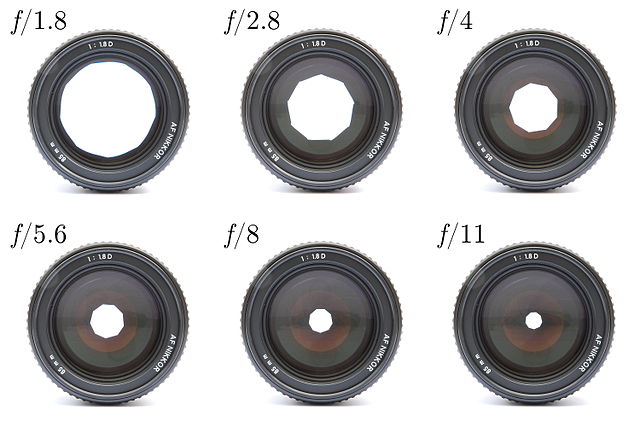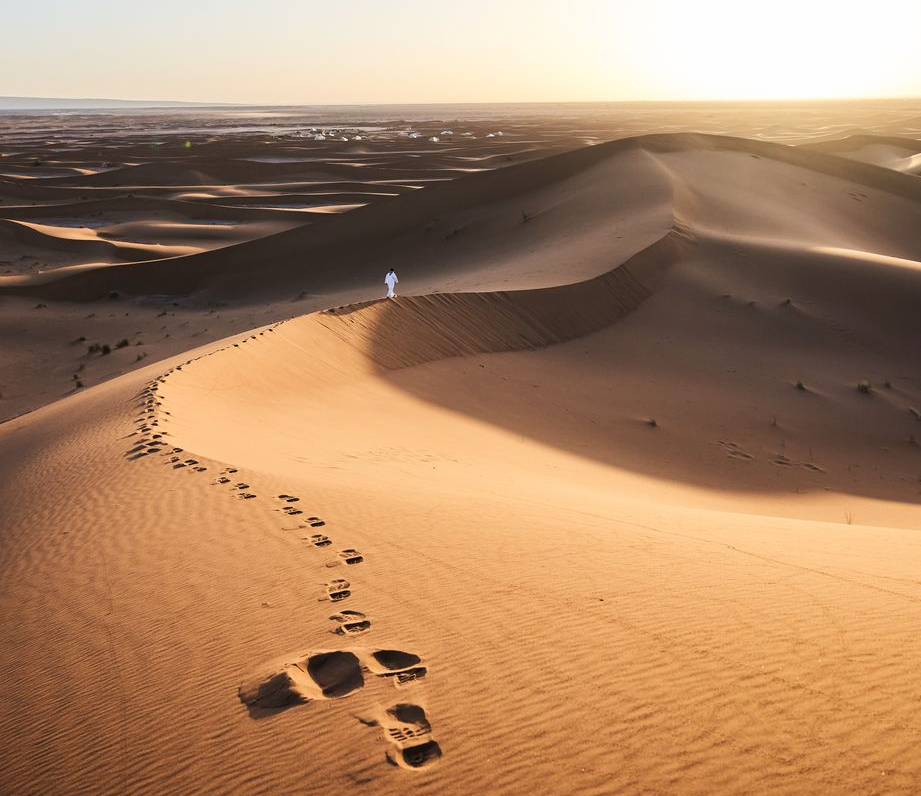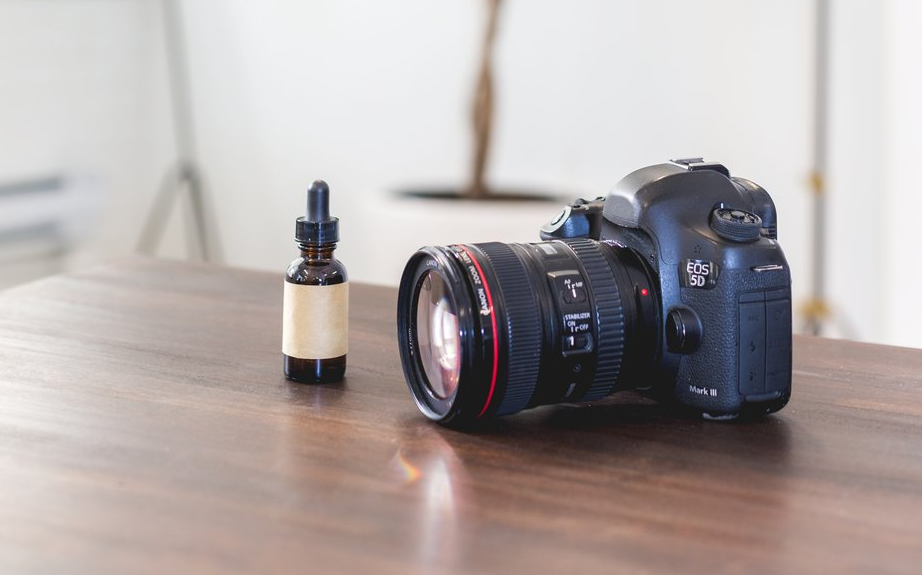
The aperture corresponds to the degree of opening of the iris diaphragm of the lens. The more open a lens is, the more light will reach your photo sensor in a given time. The brighter the lens, the more it will allow you to take photos with a short exposure time (for example sports photo) or a short depth of field (useful especially in portrait to make background blur effects or bokkeh effect).

KoeppiK, CC BY-SA 3.0 , via Wikimedia Commons
Aperture notation
The aperture range of a lens is linked to your equipment and you will find this information under the f / N notation. Another notation is possible in the form 1:N.
This can be a bit misleading for beginners because the smaller the N number, the brighter the lens becomes. Manufacturers indicate the maximum aperture of their lenses on their products which will correspond to the maximum aperture setting you can make on your camera. Also a lens rated f / 1.8 will be brighter than an f / 10.
Technical side: For the most mathematicians among you, N is calculated as follows:
$$ N = \dfrac{f}{d}\ $$
with f the focal length of the lens and d the diameter of the entrance pupil
How to modify the aperture ?
To modify the aperture, you must switch to either M Mode (Manual) or A Mode (aperture priority).
To start, it is preferable to use A Mode in order to let your camera taking care of adjusting the shutter speed for you and thus guarantee a correct exposure .
Depth of field
Now that we have the basics of exposure and the definition of aperture, let’s take a look at an important concept in photography: the depth of field.
This name can be a bit barbaric but it is about the distance at which your photo will be in focus (and therefore from when it will be blurry).
A great depth of field will allow your photo to be sharp everywhere including your close subjects and your distant background. The depth of field is greater the smaller the aperture (N must be large in the f / N notation).

Photo by Feroz Quazi
A small depth of field will allow your subject to be sharp in the foreground and blur your background, thus creating an effect called bokkeh. The depth of field is smaller the larger the aperture (N must be small in the f / N notation).

Photo by Matthew Henry
Choose your material
As we saw previously, the maximum aperture value is related to the lens. The exposure time (especially if very short) and the sensitivity (especially if very high) will depend on your camera.
It is therefore important to choose the right material for what you want to do. For example, if you want to take very, very short exposure photos, remember that your lens will need to be brighter to bring in more light. You can also increase the ISO sensitivity on the camera but this setting has its limits.
Although you will be able to achieve these effects with any type of camera and standard lenses, you will have more precise results with suitable lenses.
These 2 fixed focal length Nikkor lenses, that is to say that you will not be able to zoom with them, are bright enough to obtain good short depth of field effects:
- AF-S NIKKOR DX 35mm f / 1.8G
- AF-S NIKKOR DX 50mm f / 1.8G
They are relatively inexpensive (for lenses), around $200 / €200 for brand new ones.
Cover photo by Thom Bradley